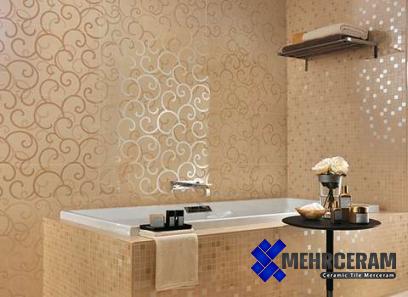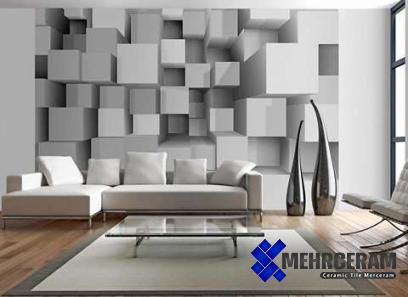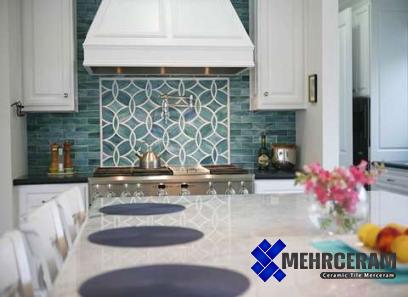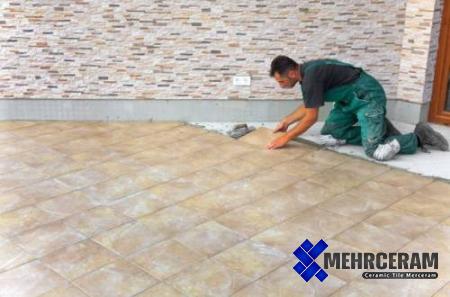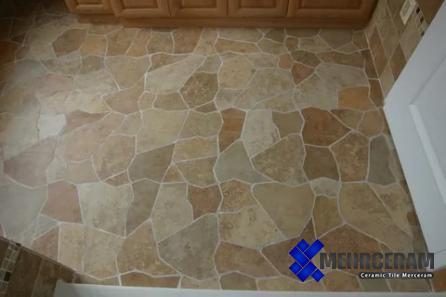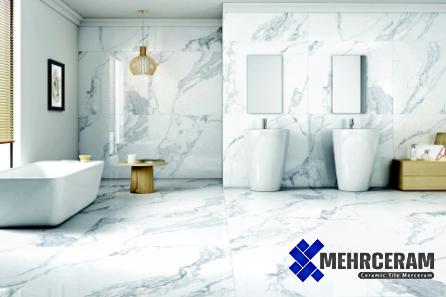Factoers affecting tiles cheap covering materials
There is a series of tiles alternatives for flooring and walls that can be used on our homes and public commercial buildings
Although tiles are extremely durable compared to carpets, they should be handled with care
After the finishing has been done, the outlook of the home and the building atmosphere looks very much enhanced and adorable
While selecting tiles we need to know that high priced tiles do not get along with the low-cost building and likewise inexpensive tiles do not go well with luxurious buildings
We intend to discuss several factors affecting cheap tile materials to put into considerations
Original clay tiles bodies can have more than 10% of their weight in absorbency and a low modulus of rupture
On the other hand, for stone tiles made of a mixture of clay and special silicone materials, the liquid absorption is rationally good for tiles to have lower water absorption; it should not exceed 2
5%
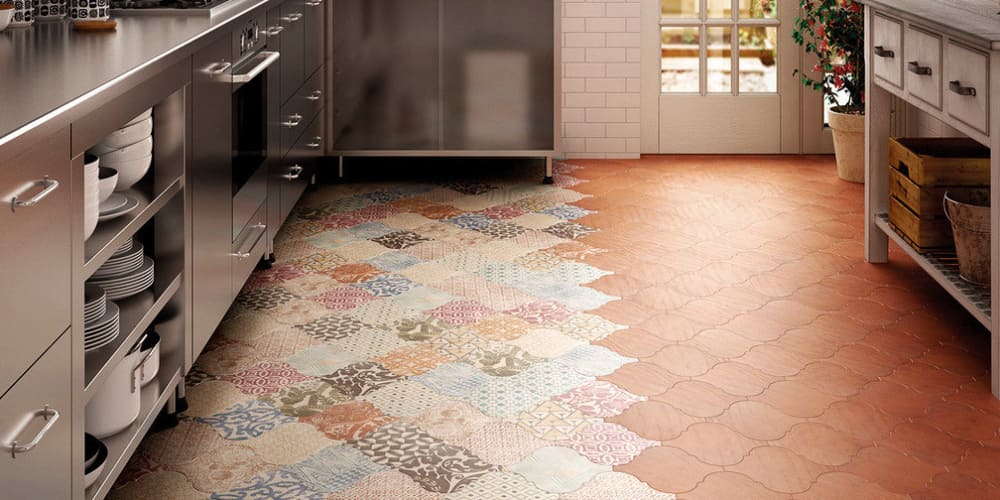
Tile
Cheap floor tiles
Enamel quality and thickness
The quality and thickness of the glaze used is a very important factor when choosing glazed floor tiles
Keep in mind that vibrant colours used in covering ceramics require a host with a high coefficient of expansion, which can only be easily achieved in porous and relatively low-strength ceramics
Therefore, with such a backing, very brightly coloured tiles will not wear well in high traffic areas
Wall and Floor Tiles
Until recently, most glazed clay tiles were suitable for walls
The floor on which people walk is in motion, so the floor tile must have a better wear-resistant surface
Even within floors, we should differentiate between areas with less traffic such as residential and busy areas such as shopping malls, train stations, sidewalks, etc
The chosen floor material should be compatible with the movement
When choosing glazed tiles for floors, special attention should be paid to checking the quality and thickness of the glass
Otherwise, the floor will deteriorate in a short time
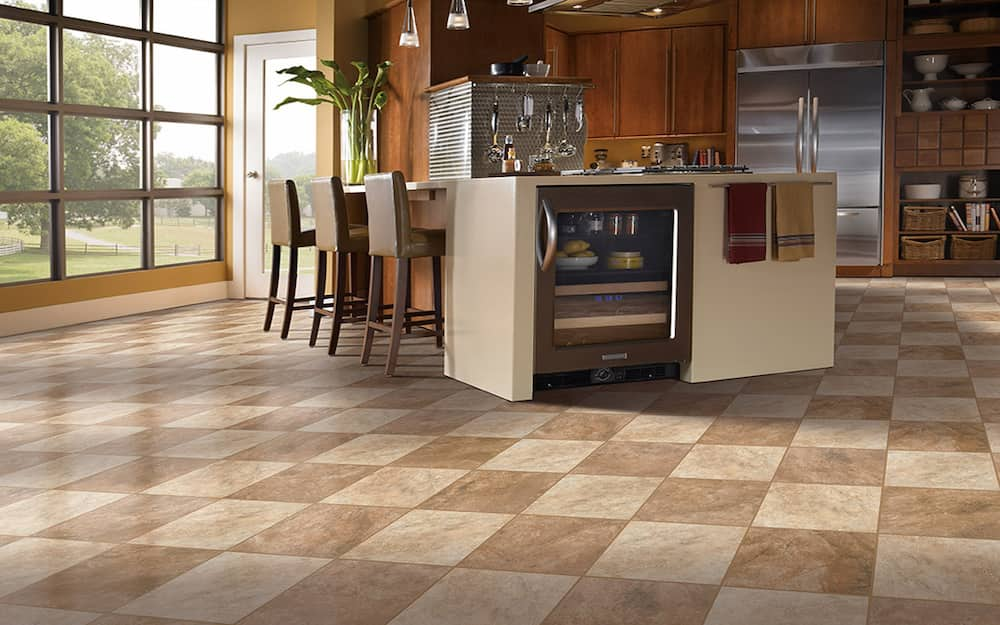
Topps floor tiles
Aesthetics
In addition to tiles, there are many alternatives to flooring, such as marble and terrazzo
The material and pattern of the chosen tiles should always be aesthetically pleasing
Function
The floor material must fulfil its function
In the computer room, we usually use resilient floors such as PVC or linoleum
Again, we prefer wooden floors on the dance floor
We usually use marble floors in bathrooms
In the workplace as well as in the kitchen, the floor should not be fragile
Value
The material of the floor should correspond to the estimated construction cost
For high-end buildings such as kitchens, we should use high-grade tiles
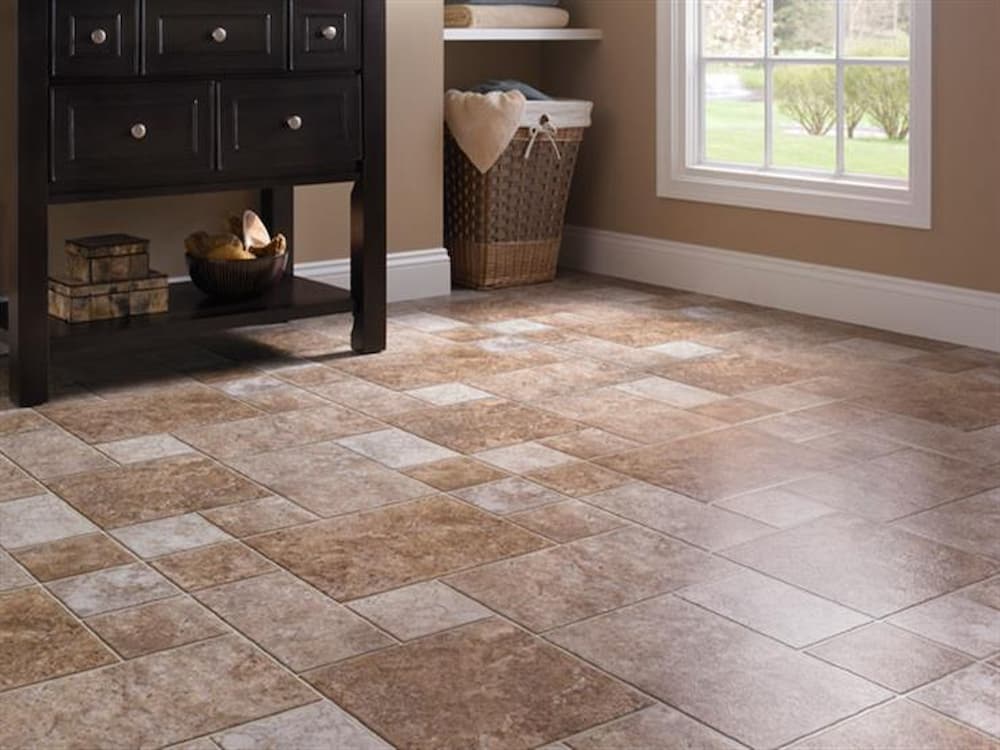
Granites tiles and slabs
Factors affecting selection of flooring materials
Floors can be made from various materials such as wood, concrete, marble, stone, brick, cork, etc
All these materials have different properties
Thus, the choice of flooring material is based on various factors described here
Factors influencing the selection of flooring tiles, here are the factors to consider when choosing flooring: Stability: The selected flooring material must be strong enough to withstand various weathering, stress, decay, etc
The life of the flooring material should be approximately equal to the life of the rest of the structure
Marble tile, concrete, mosaic floors have the best wear resistance compared to other materials
Exterior view: The appearance of the floor should be aesthetic
There are floor coverings on the market in different materials in different colours, shapes, designs, sizes, etc
In this way, the desired appearance can be easily achieved
Generally speaking, marble, tiles, terrazzo, etc
have a good appearance
Initial cost: Different floor materials have different price ranges
Quality and durability can increase along with costs
However, the choice of flooring material cost is based on several factors, such as the overall construction cost estimate, building type, and floor usage, so the initial cost should be determined based on these factors
Toughness: Floor materials must be rigid enough to withstand abrasion from loads such as furniture, cars, etc
, and must not dent when the load is moved
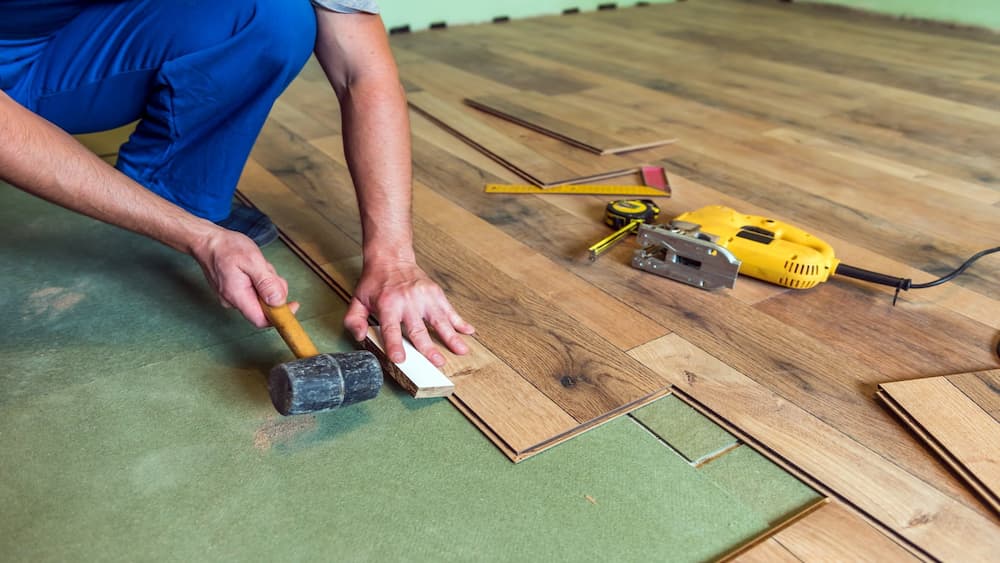
Floor tiles lifting from slab
Tile debonding
What is best for your home? Learn about the different types of flooring available and how to plan each room with our guide, including expert advice and costs
The type of flooring you choose for your home will serve as the backdrop for the rest of your new interior decorating scheme
Flooring doesn’t just affect the look of your home – the right floor will have a real impact on the performance of each room
The floor you choose should largely depend on the room in which you place it
The ideal floor for the living room is not necessarily the perfect floor for the kitchen
If you’re adding flooring to a new home, you’re completely free to choose what you want, but with antique properties, your decision may come down to the style of the home and trying to match what’s already there
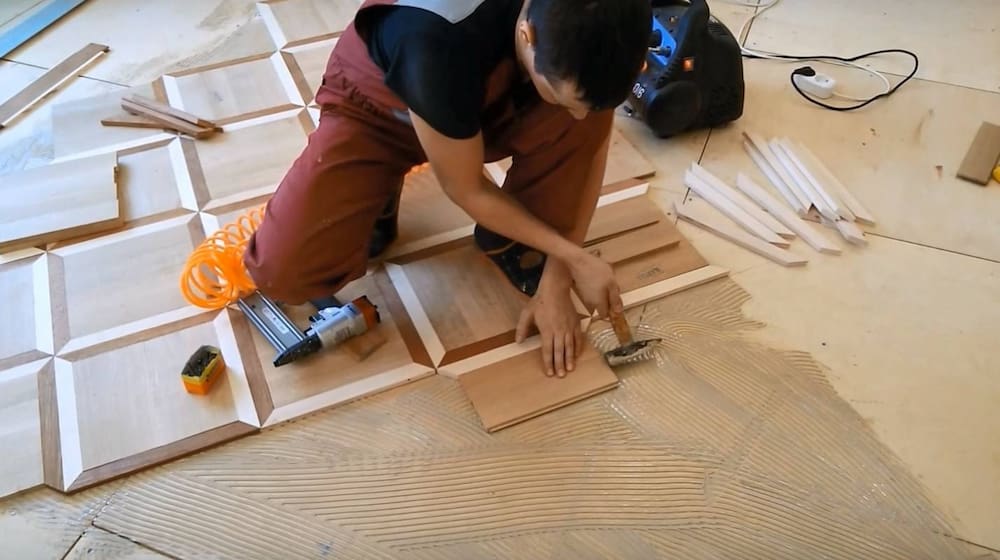
You will also be guided by your budget
Consider not only the cost of the floor itself, but also which options are easier to install if you want to save extra money
So below we’ve broken down the different flooring options with cost information, style and installation tips, and helpful tips on which rooms each is best suited for
How to choose the right type of floor; When choosing between different flooring options, it’s best to start with a solid budget
This will help you narrow down what’s available in your price range and eliminate those you might be tempted to overextend your finances with
Don’t forget to consider the installation fee
Some types of floors can be installed manually, but many require professional help

What are the parts of a floor system?
Then consider the room in which it will be installed
While using the same floor system throughout the house, it is visually effective (and certainly possible), it may not work well with the room’s functionality
For example, carpets used to be installed everywhere from bedrooms and living rooms to kitchens and messy bathrooms
With different options, it is possible to create a stylish and functional house without the hindrance of inappropriate floor coverings
Install real stone flooring
A popular flooring solution for centuries, stone tiles flooring is extremely hard and looks great in both traditional and modern homes
Jason Cherrington, director says: “There is an incredible range of options; From solid white floors with a uniform colour to dark rocks rich in fossils with a wide variety of colours
“Cost: Approximately £30/m2 (although slate can be found for as little as £20/m2)
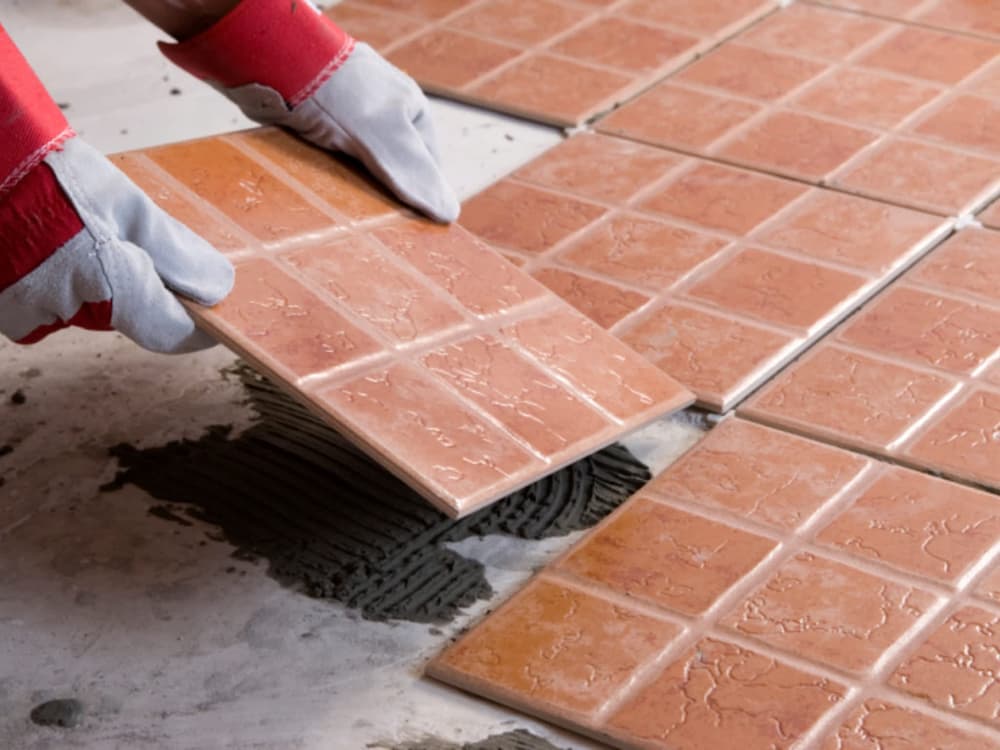
The most appropriate:
Kitchen: Basic choices for kitchen floors include limestone, sandstone, marble, slate, and granite
Tool room: However, some stones, even when sealed, react with certain cleaners and bleaches
Bathroom: Natural stone gives a real sense of luxury to the bathroom and is especially suitable for less porous types such as slate and marble
Limestone and travertine need to be cleaned and sealed before and after planting and injecting
Walkways: Durability is the main priority for walkways, so stone is the natural choice, select the tiles
Tile is durable and available in a variety of styles and finishes
They are low-maintenance and cost-effective and are placed between stone and tile
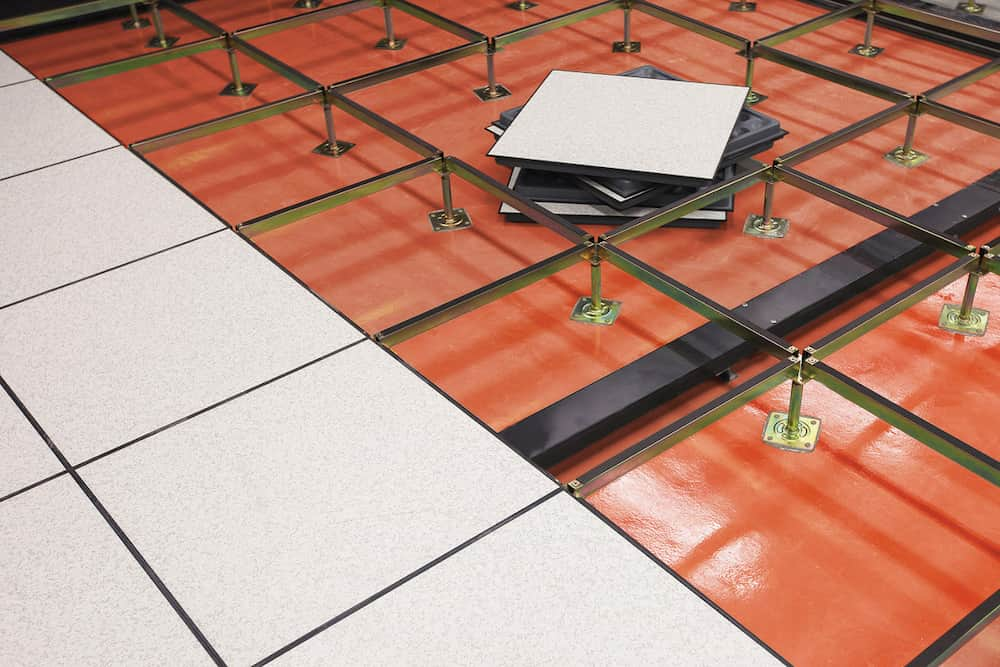
Clearance tiles
A deal for yourself in clearance tiles’ basement clearing section
The tiles here are either at the end of a row or not available for some other reason, all good things come to an end sometime, even the prettiest tiles are removed at some point! Once they are gone, there will be no more stock, so please make sure there is enough work to complete your project, we suggest leaving 15% for scrap and cutting
This is the cheapest cheap tile, but please read the job description, as some of them may have a mixed batch, if you have any questions or are not sure, we prefer to contact our expert customer service to give you an offer
Total Tiles slabs customer service is ready to give you any advice before placing an order
Watch out for linoleum and vinyl

Forget the yellowed, brittle finishes of the past, these two materials now offer more than just cheap and beautiful floors, they are durable, waterproof, easy to maintain and economical to buy especially since vinyl can also mimic wood and stones
While they are often grouped together, they are quite different in material: linoleum is a natural product made from linseed oil mixed with plant materials such as cork, while vinyl is a petroleum-based synthetic material
Vinyl is easy to maintain and waterproof, but has a fairly short lifespan compared to other options
It comes in a variety of colours and finishes
From an environmental standpoint, linoleum and cork floors as prescribed are good choices


